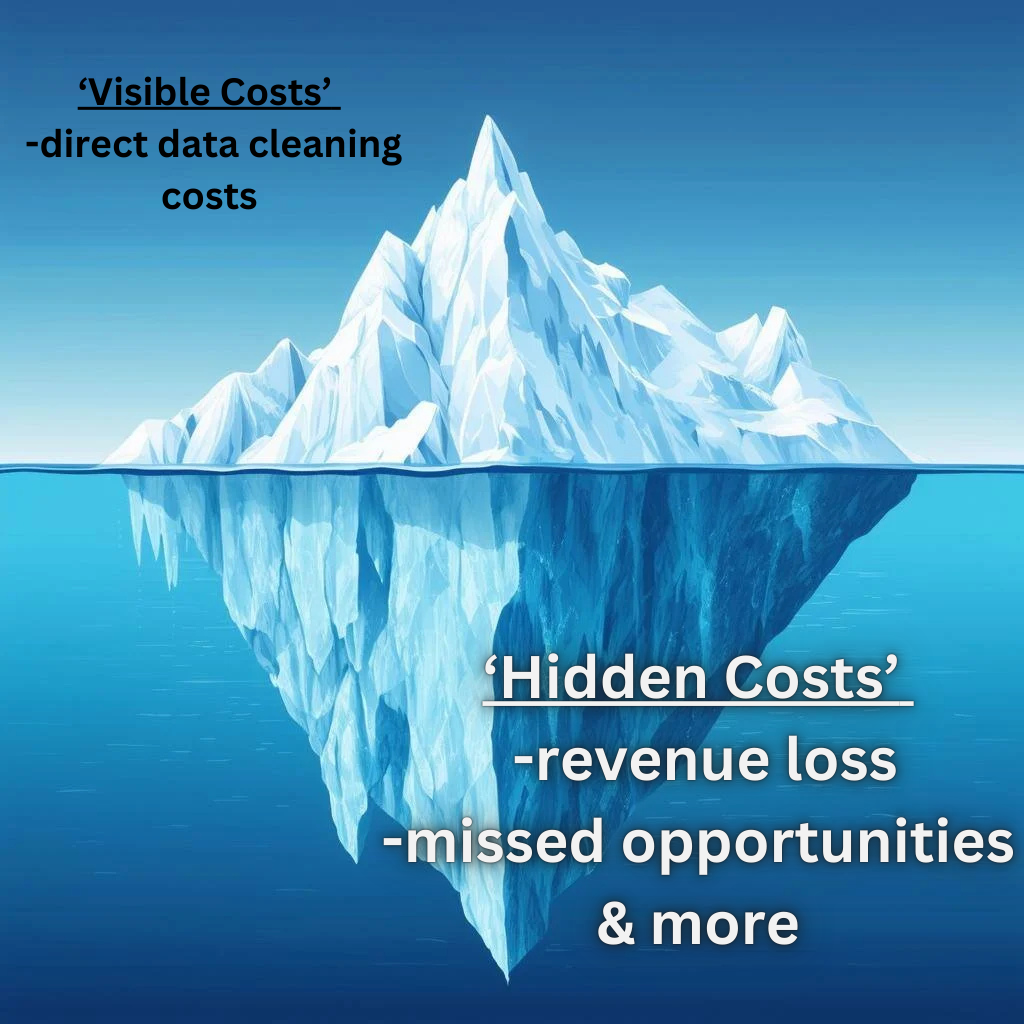Audio and Visual Equipment Wholesaler: a Case Study in Data-Driven Transformation
Introduction
The client has a rich history since 1869 as a leading Midwest wholesale electronics distributor. However, they faced challenges in leveraging their data for sales and marketing effectiveness. This was due in part to user adoption and the need to modernize processes tied to technology usage.
With multiple distribution centers around the Midwest, each location has inside and outside salespeople as well - about 30 people total. This added another dimension to the challenges outlined.
Client Challenges – Identifying the Pain Points
- Limited Sales Visibility: Sales operations lacked clear reporting, hindering progress tracking and performance evaluation.
- Inefficient Pricing Management: Updating product prices was manual and error-prone, impacting competitiveness plus time-to-market.
- Inconsistent HubSpot Adoption: Uneven usage across departments limited the platform's potential.
- Poor Data Quality: Inaccurate and unreliable data led to ineffective marketing campaigns and sales strategies.
- Data Disorganization: Issues with contact and company associations, ownership, and lifecycles created operational inefficiencies.
- Data Duplication: Thousands of duplicate records inflated databases and skewed analytics.
- Unmanaged Practices: Salespeople used non-compliant outreach methods, risking legal issues.
- Lack of Training: Insufficient user training led to poor platform adoption and underutilization.
- Integration Limitations: Sync issues with Sage via Commercient hindered data flow and accuracy. Other integrations were not set up to leverage their capabilities.
- Suboptimal ROI: Despite significant investment and interest in HubSpot, the client saw limited returns.
Project Goals – Charting the Course for Success
The client’s portal had little use that was also inconsistent since inception. With an annual subscription of more than $20,000, they wanted to see this cost be returned through measurable pipeline growth to achieve positive ROI - not just break even.
- Data Cleansing and Organization: Establish a clean, reliable database for contacts, companies, and deals. Ensure integrations were delivering parallel data that would not undo cleansing efforts.
- Automated Pipeline Management: Create a seamless, data-driven sales pipeline with automated notifications and reporting.
- System Optimization: Streamline HubSpot features and remove outdated processes for improved usability.
- Seamless Integration: Migrate to DCKap for enhanced Sage integration, improving data flow and website updates. Also enabled managers to pre-schedule price changes, and have these go live on a schedule.
- Comprehensive User Training: Achieve 100% HubSpot adoption among sales users through targeted 1:1 training.
- Advanced Reporting: Develop detailed reports for actionable insights into sales operations.
- Single Source of Truth: Transform HubSpot into the central hub for Sales and Marketing data, ensuring accuracy and responsiveness.
Our Approach – Strategic Implementation
- Data Audit and Enrichment: Thoroughly audit and enrich contact, company, and deal data for accuracy.
- Data Deduplication: Eliminate duplicate records to ensure data integrity and accurate analysis.
- Collaboration with Leadership: Engage sales leadership to align data organization with business needs. Implement iterative enhancements along the way as leadership recognized additional needs.
- Data Hygiene Practices: Establish processes for ongoing data maintenance and cleanliness.
- Lifecycle Stage Framework: Implement a structured system to track customer journey progress.
- Automated Workflows: Develop workflows to automate deal creation and progression.
- Sales Dashboards: Create real-time dashboards for performance monitoring and analysis.
- Weekly Reporting: Automate weekly reports to facilitate 1:1 meetings and performance tracking.
- Personalized Training: Conduct 20 1:1 training sessions with AI recordings for ongoing reference.
Results – Tangible Transformation
By creating reports powered by clean data, consistent habits by sales and marketing users, and automations to ensure everyone stayed on course, the client’s pipeline grew by 10% in ~6 months. They went from measuring salespeople on their pipeline value to their deal closed values and conversion rates. Pipelines became more accurate, leading to better forecasts and goals setting. Activities become correlatable to outcomes with operations providing support through immediate pricing updates, promotional offers triggered by current quotes and pending orders, and manufacturer rebates. Sales leadership became able to intervene in the moment to redirect and nudge deals along with improved velocity, shortening deal lifecycles by 1-2 weeks in a business that sees daily purchasing activity overall.
- Accurate Pipeline: By cleansing and organizing all contact, company, and deal data, an accurate sales pipeline was constructed. This provided real-time visibility into pipeline growth and deal closures.
- Effective Sales Team Management: Clean data enabled real-time monitoring of each salesperson's weekly and quarterly goal progress for activities and revenue. Leadership and district sales managers could track performance effectively.
- Real-time Progress Monitoring: The dashboards provided sales leadership with a real-time view of progress across various aspects of the sales operations. This included monitoring progress across customers, products, regional offices, sales teams, and individual salespeople. Management can filter data from a variety of approaches for analysis.
- Data-Driven Insights: The dashboards allowed leadership to see how pipelines were growing and how deals were closing without needing to export data into BI tools. This immediate access to key metrics enabled them to quickly assess the health of the sales process.
- Performance Tracking: Sales leadership and district sales managers could monitor in real-time each salesperson’s weekly and quarterly goal progress for activities and revenue. This made it easier to track performance against targets and identify areas needing attention such as ensuring that a weekly call goal of 35 calls was consistently met. The bottom 5% performers were coached until meeting their goals, or were replaced with talent who could meet or exceed the goals. Each salesperson’s efforts guaranteed they paid for themselves through revenue generation.
- Improved Decision-Making: With real-time visibility, leadership could make more informed decisions and take timely actions to address any issues or capitalize on opportunities.
- Better Prospecting: Salespeople could rely on the accurate data to research their territories, map out market plans, and more quickly source new deals from existing customers. Sales cycles were reduced by 1 week on average, increasing the average order size by 15%. This included sales partnering with marketing for territory campaigns to designated prospects and customers plus specific product lines.
- Targeted Marketing: Marketing could reliably build segmented lists for go-to-market campaigns. This allowed for precise targeting of specific customers and prospects at the individual product line level, enabling upsell opportunities and sustained engagement based on purchasing history and website activity.
- Overall Efficiency: Establishing data hygiene lists and reports simplified ongoing data maintenance, ensuring continued data accuracy and efficiency in sales operations.
Conclusion – A Testament to Partnership
This case study exemplifies the power of data-driven strategies and collaborative partnerships. By addressing key challenges and implementing strategic solutions, our client achieved substantial improvements in sales and marketing effectiveness. This partnership underscores our commitment to delivering exceptional results and supporting our clients' long-term growth.

